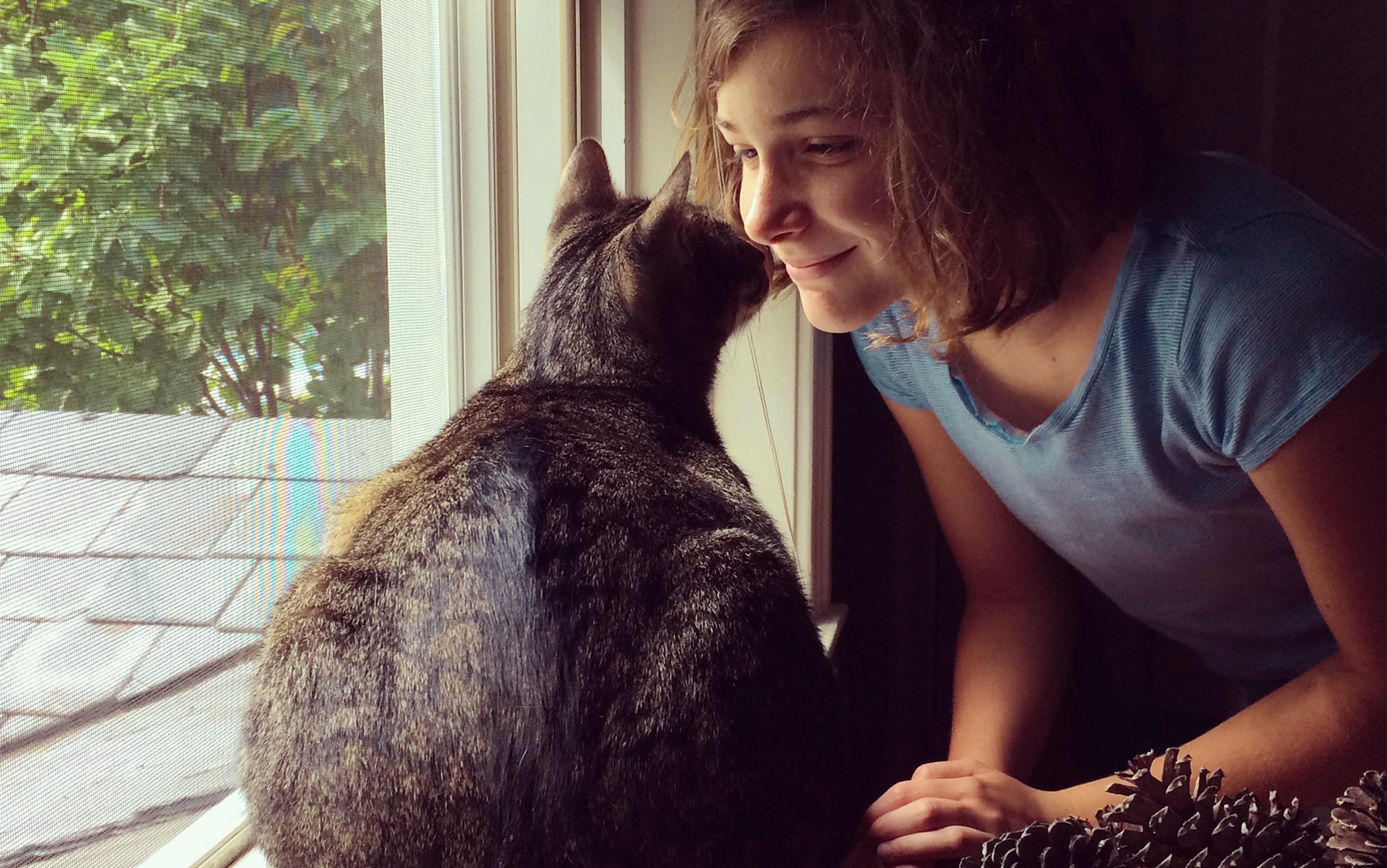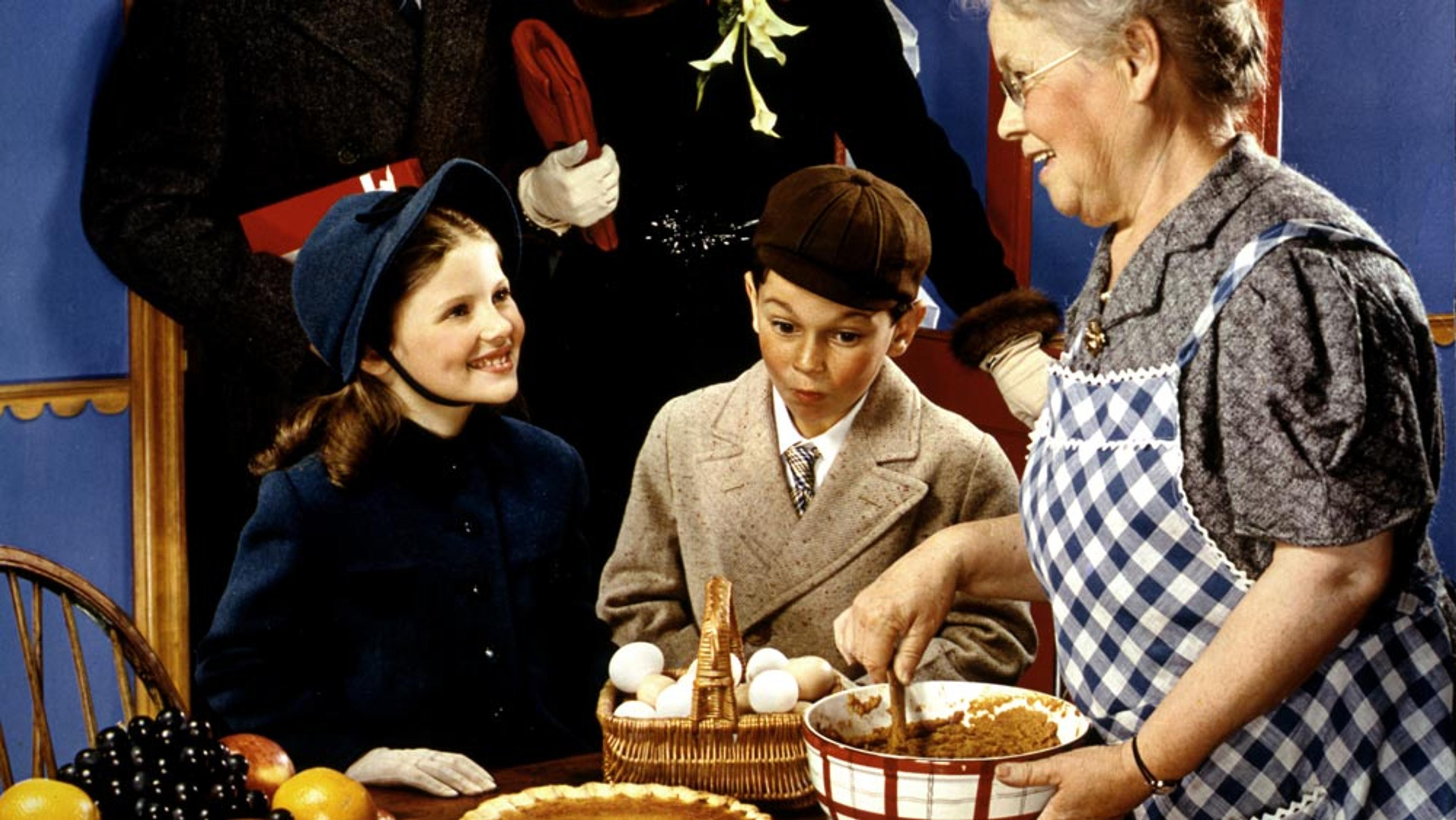I know the dangers of smoking. Tobacco is a leading cause of head and neck cancer, which can lead to life-changing disfigurement or, in the worst cases, death. Speaking as an ear, nose and throat surgeon, this spectrum of disease has produced the most emotionally and technically challenging cases of my career: cigarettes were to blame the day I reluctantly broke the news to a patient on the morning round, blue paper curtains separating the dissolution of his world from a busy ward; cigarettes were to blame for the gradual suffocation of the swollen woman in the side room, whose visitors could no longer recognise her; and cigarettes were to blame when blood erupted from the carotid artery of a gentle grey-eyed man I’d met a few hours earlier. I know that ‘smoking kills’.
So why was it, when I recently visited the home of a smoker, with its lingering aroma of stale cigarettes, I involuntarily filled my lungs and sighed an illogical sense of calm? The answer eventually comes to me: ashtrays packed with Marlboro butts, balmy mosquito-filled evenings and the beautiful turquoise bracelets that bejewelled my breathless grandpa. A resolute smoker to the grave, this smell is my ‘echo of great spaces traversed’, and takes me back to the home of my mother’s father, where many childhood summers were spent.
In Swann’s Way, the first part of Marcel Proust’s lengthy – and for me as yet unconquered – À la recherche du temps perdu (1913-27), our narrator dips a madeleine into his tea:
No sooner had the warm liquid, mixed with the crumbs, touched my palate than a shiver ran through me … An exquisite pleasure had invaded my senses, something isolated, detached, with no suggestion of its origin … this essence was not in me, it was me … And suddenly the memory revealed itself. The taste was that of the little piece of madeleine which on Sunday mornings at Combray … my aunt Léonie used to give me, dipping it first in her own cup of tea or tisane.
But how do smoky corridors lead to tea-soaked cakes? The answer lies with sensory integration. Beyond the five true taste sensations from our tongue (sweet, salty, sour, bitter and umami), all the complex and delicate flavours of food can be attributed to their odours: volatile molecules that escape our oral cavity as we chew to stimulate smell receptors at the back of the nose, through a process called ‘olfaction’. Therefore, what Proust’s narrator describes forms an eloquent template for what is now known as the ‘Proustian effect’: the seemingly unique ability of smells to unlock previously forgotten but vivid, emotional memories from our past.
Whether this poetic role of smell can be substantiated has interested psychologists, philosophers and neuroscientists for many years. The first to formally publish on the topic was Donald Laird, director of the psychology lab at Colgate University in New York state. Laird’s work usually focused on the burgeoning field of business psychology, with books such as Psychology and Profits (1929) and Why We Don’t Like People (1933). But in 1935 he collaborated with his colleague Harvey Fitz-Gerald on the report ‘What Can You Do With Your Nose?’, analysing the olfactory experiences of 254 ‘men and women of eminence’. Of this cohort, 91.7 per cent of women, and 79.5 per cent of men had experienced odour-evoked autobiographical memories, and of these, 76 per cent of women and 46.8 per cent of men recounted such memories as among their most vivid.
Laird went on to provide personal anecdotes gathered from Fitz-Gerald’s participants. One such account comes from a ‘Southern attorney’ who said:
The sight of these things sometimes occasions the recalling of the facts but they come shapeless and indistinct – dead facts. The thing that is recalled by odour comes unasked and without effort upon my part; it seems more than a mere recollection; I am back there again in a world as it was, and I am as I was.
While lyrical and descriptively interesting, Laird’s study was just that: descriptive. His work provides no empirical evidence to support the superiority of odours over other sensory cues in eliciting vivid emotional memories. Whether odours are particularly potent in evoking such memories had yet to be proved.
The first attempt to empirically disentangle the Proustian effect was published in 1984. Researchers at Duke University in North Carolina performed two experiments in which autobiographical memories evoked by odours were compared with those evoked by photographs or words. The research showed that odour memories were less frequently reminisced upon, prior to the experiment, than those cued by the other sensory modalities. So, it seemed that (as could be inferred from Proust’s narrator) odour-induced memories were relatively novel and remote: that’s perhaps why actively seeking out such experiences does little to recreate the effect.
This theme is extended in further work, where autobiographical memories induced by smell appear to originate in childhood, unlike those associated with visual or written cues, which prevail in adolescence and young adulthood. This ties in with another feature of odour memory, demonstrated in 1977 by psychologists at Brown University in Rhode Island: they found that the first association made between an odour and a picture was recollected better than the second. So, it would appear that the odour-evoked memory is indeed often ‘long-lost’. Returning to one of Laird’s astute participants:
As I test myself, I revive a world of seemingly forgotten things, and realise that odours have been keeping those things alive in my head for many a year. It seems significant that none of these memories are of very recent origin – the latest, after some experimenting, is 10 years old.
The key to this special association between smell and first-formed memories appears to involve an area of the brain called the hippocampus. Named for the Greek mythological half-man, half-fish creature (due to its striking resemblance to the seahorse), the hippocampus is a bilateral structure that sits deep within the brain. As with many other brain regions, one of our first clues to its function arose from a tragic case of dysfunction: the misled hypothesis of a 1950s surgeon that resection of both hippocampi could cure refractive epilepsy. The patient in question, Henry Gustav Molaison (known in the scientific literature as ‘HM’), underwent medial temporal lobectomy (removing the front two-thirds of both hippocampi, in addition to other surrounding structures) in 1953. While the primary goal was achieved (he was seizure-free), his life was immeasurably altered: he had permanently lost the ability to form new long-term declarative (or consciously acknowledged) memories.
Today, functional neuroimaging data supports a hippocampal role in the creation of new childhood odour memories: in 2009, researchers at the Weizmann Institute of Science in Israel showed that the left hippocampus is uniquely activated during first, but not second, odour associations. By comparison, there is no such activation during first or subsequent auditory associations. From an evolutionary perspective, this makes sense: it would be to the advantage of young children to learn quickly which foods are edible and which aren’t. Or maybe, like first loves, first smells are just the strongest. Either way, for me this rings true. I’ve smelt cigarette-laced buildings many times since my childhood summers – but none of these subsequent associations could subdue those early memories of my grandfather.
When shown pictures of food, sex or money, the amygdalae of human participants spring into action
While the Israeli group was first to demonstrate a special role in new odour memories, they weren’t the first to show hippocampal activity in relation to the Proust effect. Five years earlier, a group at Brown University in Rhode Island started looking for brain regions involved in odour-evoked autobiographical memories, also using functional imaging. During their ‘naturalistic’ experiment, the group compared the brain activity of participants smelling perfumes with attached emotional memories, in comparison with photos of the same perfumes, or another smell altogether. Though only five women were tested, there was significantly more activation for the emotional odours than non-emotional odours or pictures in both the hippocampus and another key area of olfactory processing: the amygdala.
Around the time that HM tragically revealed the function of the hippocampus, systematic animal and human research into the role of the amygdala began: in scattered labs around the world, monkeys without amygdalae didn’t learn that pressing levers could prevent punishments, just as people with damaged amygdalae failed to associate warning tones with subsequent electric shocks. So it seemed that these paired neuronal clusters were vitally important for learning about fear: an emotional state without which an animal seldom survives.
It soon also became apparent that the amygdalae are crucial for the processing of positive emotions, especially reward: when shown pictures of food, sex or money, the amygdalae of human participants spring into action. Due to this and other work, we now know that this region is pivotal for emotion. So, the activation of this area during odour-evoked memories helps to underpin their emotional tone. Combined with the hippocampal ability to lock in early events, the childhood nostalgia of madeleines and tobacco comes together.
While the amygdala and hippocampus are key players in creating and storing odour memories, it’s important to remember that they don’t work in isolation. Rather, they are part of a wider network of structures involved in olfaction that have been well-demonstrated through functional imaging studies, and from patients with tumours, injuries or disease. First, smell signals travel via the olfactory nerves from the nose to the olfactory bulbs (spring-onion shaped groups of neurons that sit just inside the skull and act as important gateways to the rest of the brain), before reciprocally distributing to structures of the medial temporal and basal frontal lobes, collectively known as the primary and secondary olfactory cortices.
As we’ve learnt, these central olfactory structures are important for emotional learning and memory. Moreover, they overlap anatomically with the limbic system: a primitive network in the brain, which, in many animals dictates both physiological and behavioural responses to emotionally significant environmental stimuli. In short, smell, emotion, memory and motivation are linked through the limbic system.
So it’s even more interesting that smell seems to have a special relationship with the amygdala, and therefore this wider network. Information encoding in other sensory modalities, such as vision or hearing, undergoes filtering in an area of the brain called the thalamus. This so-called ‘thalamic gating’ selects which sensory information will be sent in parallel to the amygdala and cerebral cortex, with processing in the cortex ultimately resulting in conscious perception. The majority of olfactory information, however, does not pass through the thalamus on its way to the amygdala but rather travels directly to it. This means that, unlike the other senses, olfactory information arriving in the amygdala might not have been sent by the thalamus for simultaneous conscious processing. While other mechanisms of smell ‘gating’ have been proposed, this direct route into the limbic system raises a tempting question: do odours subconsciously affect one’s emotional state? Could smell affect us more quietly, but more pervasively than Proust originally thought?
Depression can make unpleasant odours seem more unpleasant, and pleasant odours seem less pleasant
Examples from my own clinical practice support the effect of smell on longer-term emotional wellbeing. Take for an example Mr G, a quiet man in his late 40s who had lost his sense of smell after a cold. When I saw him last, he described how difficult it had been to come to terms with a barren olfactory landscape: mealtime anticipation had been replaced with cardboard food, the summer breeze no longer carried the scent of fresh-cut grass, and he missed the smell of his wife’s perfume. As he described how low he felt, it was clear that these small losses were adding up.
Studies have demonstrated symptoms of at least mild depression in up to a third of patients with smell dysfunction. Interestingly, the reverse is also true: patients with depression often have impaired olfactory function. As might be expected, depression also appears to influence how much people like or dislike smells, whereby unpleasant odours are perceived as more unpleasant, and pleasant odours as less pleasant (ie, an overall negative shift in ‘hedonic’ perception). These changes could be due to altered neuronal processing of odour signals, which has been demonstrated using olfactory electroencephalography, in patients with depression and in healthy participants who’d watched a sad movie.
Furthermore, structural differences can be demonstrated when comparing the brains of depressed versus non-depressed individuals: the olfactory bulbs (the first relay station to receive smell input from the nose) are significantly smaller in people with depression. While olfactory function improves after treatment for depression, olfactory bulb size usually doesn’t. Findings such as these have led Thomas Hummel and Ilona Croy of the Technische Universität Dresden in Germany to propose that long-term reduced olfactory input can cause functional dysregulation of the limbic system, and so act as a risk factor for depression.
Looking beyond depression, could the limbic system also link smell to other neuropsychiatric conditions that involve emotional dysregulation? Though evidence is limited, olfactory function (particularly the ability to correctly identify odours) appears to be impaired in autism and schizophrenia. Both of these conditions are characterised by impaired social engagement and emotional expression. In the case of schizophrenia, it’s been suggested that impairments in smell processing could even predict progression to psychosis.
So it seems to be fairly well-established that odours can evoke emotionally intense memories from our past, and that smell loss and emotional dysfunction can be linked. But in those of us living within the ‘normal limits’ of mental health and olfactory function, does smell still affect our daily lives? Could odours subliminally modulate not just our subjective moods, but also the way we interpret and navigate our external world?
Some might argue that humans have evolved beyond such rudimentary control. The modern world is visually dominated: one’s sense of smell is rendered almost useless by the brightly coloured packaging of fizzy drinks, biscuits and sweets, or the convenience of the ‘best before date’. Combined with our increasingly digital landscapes, we don’t need to smell the things we see. However, when we aren’t locked into our screens, increasing evidence suggests that we might subconsciously communicate using smell, through a process called ‘chemosignalling’.
One type of such communication involves the transfer of emotional states from one person to another through body odour, so-called ‘emotional contagion’. In 2012, a group from Utrecht University in the Netherlands assessed the behavioural response of female participants after exposure to male underarm sweat. They showed that, when sweat was donated under fearful conditions, female participants exhibited subconscious signs of fear. Similar findings were seen when sweat was donated under conditions of disgust, with these (perhaps unfortunate) women also exhibiting subconscious signs of disgust. So, these findings seemed to support both the production and reception of active human chemosignals.
More recently, similar findings were replicated in a functional imaging study. The group in question demonstrated a shift in perception of emotionally ambiguous faces towards either more fearful (for the more discernibly fearful faces) or more neutral (for more discernibly neutral faces) when participants were exposed to body odour donated under conditions of anxiety, compared with body odour donated during exercise. This exaggeration of perceived fearfulness under conditions of anxiety-odour was associated with increased activation in the left hippocampus, perhaps reflecting increased access to emotionally relevant olfactory memories.
Though far less poetic than Proust or my grandfather’s house, I can nonetheless speculate about times when emotional contagion might have affected me. Waiting with 200 classmates for our medical school finals was a particular delight – the collective nervous aroma being thick enough to wade through. I wouldn’t smell such pungency again until I was 31 and sitting next to a man called Dave, who appeared to be somewhat anxious as I careered onto a busy roundabout, during what would be the first of several driving tests.
It would appear that we subconsciously choose perfumes that enhance our genetic smell
Smell-based communication doesn’t seem to be limited to sweat: in 2011, neurobiologists at the Weizmann Institute of Science in Israel proposed that human tears contain a chemosignal. During three experiments, the group showed that exposing men to female emotional tears (collected while women cried during a sad film) reduced their self-ratings of arousal, caused them to rate photos of women as less sexually attractive, reduced salivary testosterone levels, and decreased functional imaging activation in brain regions associated with arousal. A similar phenomenon has been identified in mice, where pheromones from ‘tears’ of juvenile animals reduce adult male mating behaviour. As Noam Sobel, one of the Weizmann researchers, highlighted recently, this supports their hypothesis that emotional tears act as a ‘“chemical blanket” protecting the animal against aggression (sexual and other)’. This might help to explain the otherwise mysterious practice of emotional crying – the purpose of which has baffled scientists for many years.
Chemosignals might also be at play in human reproduction. In 1995, researchers from the University of Bern in Switzerland found that women preferred the body odour of men with dissimilar genetic immune profiles to their own, which was thought to be due to secretion of immune molecules (specifically ‘HLA’ proteins) into sweat. In theory, this makes sense, as mating between people with dissimilar immune profiles should lead to offspring with greater resistance to infectious diseases, as compared with offspring from people with similar immunity. Analogous findings have again been demonstrated in mice, where, in addition to evolutionary advantages against disease, such preferences can also prevent incest (as closely related mice have more similar immune profiles).
Intuitively, I suspect most would agree that their sexual partner’s smell ranges from comforting to intoxicating, but it remains a subject of debate among scientists whether our choice of partner is subconsciously influenced by ‘genetic smells’. Perhaps moving towards support of this theory, recent work led by Manfred Milinski from the Max Planck Institute of Evolutionary Biology in Germany found that female participants were able to distinguish their own ‘genetic smell’, and that such smells caused unique areas of brain activation on functional imaging. Among the researchers in this group were Hummel and Croy from Dresden, who went on to show that HLA dissimilarity correlates with partnership, sexual satisfaction and desire to procreate. Our susceptibility to mating chemosignals can even be traced to shopping habits: it would appear that we subconsciously choose perfumes that enhance our genetic smell.
Combined with work from other chemosignalling studies, it appears that smell could indeed help to subtly modulate our physical and emotional experience of the world. In theory, misinterpretation of social cues due to olfactory dysfunction could in turn lead to impaired social engagement. Could the odour identification deficits typical of autism, for example, contribute to the clinical characteristics of the condition? This remains to be seen.
From the sublime nostalgia of the madeleine to the mundanity of a midweek dinner, smell gives flavour to food, emotion to memories, and connects us to each other. We’re just beginning to understand the mechanisms by which smell gives our world colour, in a search led by artists, scientists … and the occasional surgeon. As my own research continues, the smell of cigarettes will keep my grandfather alive.






